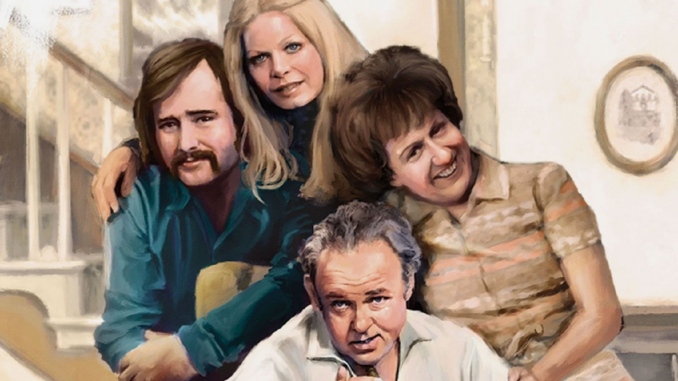
In the history of American television, few shows have had as profound an impact as All in the Family. Premiering in 1971, this groundbreaking sitcom became a cultural phenomenon by pushing the boundaries of what was considered acceptable on TV. If you’ve never seen it, or if it’s been a while since you’ve revisited it, here’s why All in the Family still remains as relevant and revolutionary today as it was more than five decades ago.
The Impact of Archie Bunker: At the center of All in the Family is Archie Bunker, a bigoted yet lovable working-class man whose views on race, politics, and social issues reflect the tensions of 1970s America. Played by the incomparable Carroll O’Connor, Archie’s character became an icon for many viewers—both as a source of comic relief and as a mirror to the uncomfortable truths about American society. His offensive remarks about minorities, gender roles, and politics were often shocking, but it was precisely this raw honesty that made the show so important. All in the Family didn’t shy away from uncomfortable topics; it confronted them head-on.
Challenging Social Norms: What set All in the Family apart from other sitcoms at the time was its unapologetic critique of social and political norms. The show wasn’t just about laughs; it was a mirror of American society. The character of Edith was pivotal in showcasing a more compassionate, nurturing side of the family dynamic. Meanwhile, the struggles of their daughter, Gloria, and her husband, Mike, the “Meathead,” highlighted generational and ideological divides that were incredibly relevant during the turbulent 60s and 70s.
Why It’s Still Relevant: Although All in the Family debuted over five decades ago, the issues it tackled—racism, sexism, politics, and class struggles—are still central to conversations in modern society. Today’s social and political landscape mirrors many of the same issues, and rewatching the show is a great way to reflect on how far we’ve come, and how far we still have to go.
